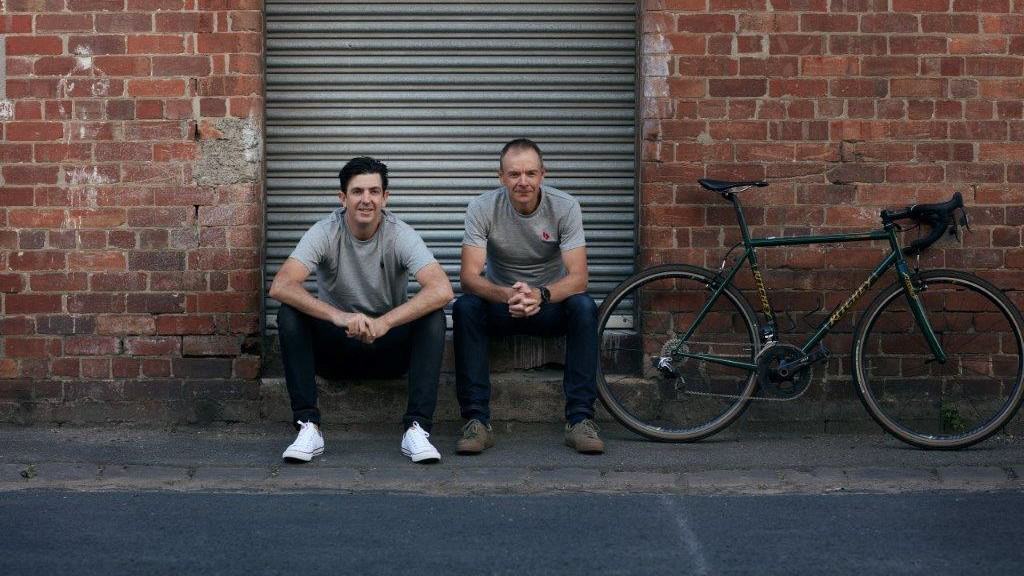Last week on Tuesday 9 February, Bikeexchange Ltd (ASX: BEX) listed on the ASX for the first time.
The company reaches 29 million consumers each year. It provides a global online cycling marketplace, allowing brands, retailers and distributors to connect with their customers worldwide.
BikeExchange had raised $20 million at 26 cents per share as part of its initial public offering (IPO), and the BikeExchange share price reached 28 cents on its first day. Shares closed yesterday's trade at 26 cents per share, up 4% for the day.
With the company now 1 week into its publicly listed status, the Motley Fool reached out to Mark Watkin, Global CEO of BikeExchange.
Read on for the full interview…
BikeExchange one week in…
What are your thoughts following the first week of trading as an ASX listed company?
We have been very excited to reach the milestone of listing on the ASX, after raising $20 million at the issue price of 26 cents. Up until this point, we had been building our global marketplace on a capital-light basis, and the IPO was an opportunity to scale and build off the strong foundations we have created over the past 13 years.
Our significant shareholders include the BikeExchange founders, Gerry Ryan (JAYCO founder) and high-quality institutional investors such as Bombora and SG Hiscock & Company.
The growth opportunity is significant for BikeExchange and the ASX listing provides a great growth platform, though the hard work starts now. We are committed to a transparent and regular dialogue with our shareholders on this journey and excited about the possibilities.
You currently operate in Australia, Europe, North America and Latin America. Are there expansion plans into Asia or elsewhere?
The business is currently focused on the significant runways we have already established in the key regions of North and South America, the EU, Australia and New Zealand. We will consider appropriate country market expansion, predominantly building in the regions we are already currently present. Such as entering more hubs/countries in Latin America.
Making the best use of the footprint we have created at this time is key and we see great opportunity to increase our market share through strategic partnerships, such as our recent partnership with Trek, one of the largest bike brands in the US and the world.
Competitive advantage
What types of 'moats' or barriers to entry are there with would-be competitors?
BikeExchange considers that it has a competitive advantage in being the leading bicycle marketplace in the industry. The online marketplace model is difficult to replicate and requires a lot of time and investment, creating a high barrier to entry for competition.
To put it into context, after establishing the business in Australia, BikeExchange has spent the last 6 plus years creating and scaling a single category marketplace in multiple countries to lay the foundations for the business as it is today. It is not a business model you can simply "turn the lights on" to in a new country.
Building a marketplace also requires two sides – attracting business customers and consumers. The marketplace needs to be ready to offer the right products and importantly ensure there is the breadth of choice. So you really need to get that right through building strong customer relationships with retailers and brands around the world.
Looking ahead
What's the biggest risk for BikeExchange in the year ahead?
In the short term, the biggest risk would be global stock pressures fuelled by demand during the coronavirus pandemic. We are confident that all the hard work we did pre-COVID on enhancing the quality of our offering to the market will stand us in good stead, supported by the breadth of choice we offer to help consumers navigate the market. This is coupled with the continuation of trends favouring cycling that we have seen through FY20.
For example, site traffic increased by more than 77% and e-commerce transactions increased 154% globally on BikeExchange sites across the first half of FY21 against the previous corresponding period. While the pandemic accelerated growth in the market due to increased leisure and exercise cycling, we are seeing strong trends continue.
Having covered the risk, what's the most significant opportunity ahead for BikeExchange?
The marketplace generated over $1.5 billion in sales leads and enquiries value, annualised from H1 FY21 – all off product listings on the sites. We see a significant opportunity to convert the number of sales leads into transactions on-site through full e-commerce, deposit payments and click and collect in the retailers.
This is one of the growth initiatives planned for the second half of FY21. We are currently running global trials around targeting and converting existing audiences on-site across multiple channels, such as Google and Facebook, with positive results.
Another focus area is growing the number of retailers on the marketplace through strategic partnerships in key regions, such as the US and Europe. We see a significant opportunity in increasing market coverage from less than 10% in both regions to 60% and 40% respectively in each market in the short-medium term.









